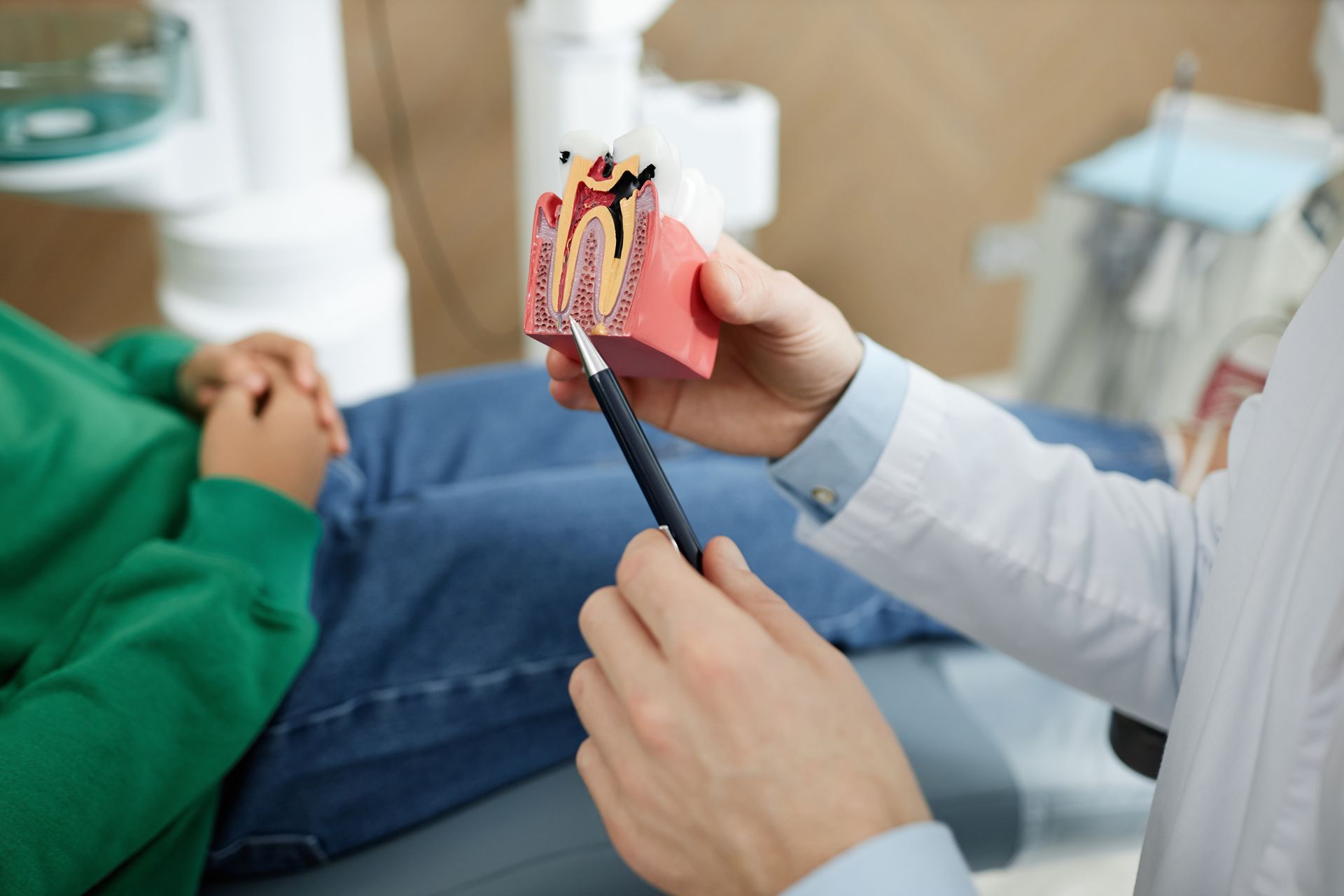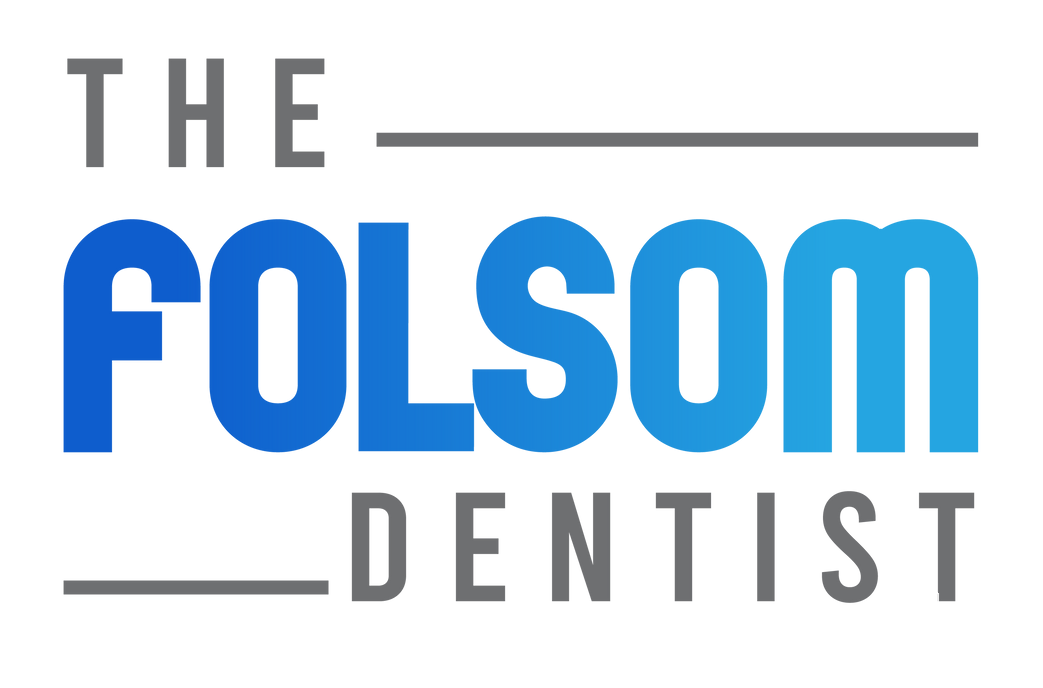Understanding Root Canals
Contrary to common misconceptions, root canals are not inherently painful procedures. In reality, the infection necessitates the treatment which causes the pain. A root canal eliminates this pain, allowing the body to heal and eradicate the infection. Remarkably, most patients experience immediate relief following the procedure, which can be genuinely transformative.
The Need for Root Canal Treatment
A root canal treatment becomes necessary when tooth decay or cavities progress deep into the tooth, reaching the inner nerve space or pulp. At this stage, the patient often experiences excruciating pain and discomfort. It is essential to understand that a root canal is not merely about pain relief; it serves the greater purpose of preserving your natural tooth. Saving your natural tooth is always the optimal outcome, as it maintains the integrity of your dental structure and avoids tooth extraction.
Advantages of Root Canal Treatment
Root canal treatment offers several significant advantages:
Root Canal Process
At The Folsom Dentist, we often receive patients feeling intimidated by the root canal process. That’s why we ensure our team discusses every step you can expect while you undergo this treatment. Moreover, we utilize advanced techniques and personalized approaches to let you know you’re in good hands. Here’s an overview of how our process goes:
STEP 1 | Initial Examination
Upon consultation, we will thoroughly examine your tooth and surrounding structures. For a more accurate diagnosis, we will conduct digital Dental X-rays showing the extent of the infection. This way, we could also assess if a root canal would be the best option. We prioritize ensuring a precise diagnosis and creating an individualized treatment plan tailored to your specific needs.
STEP 2 | Local Anesthesia
Our dentist will administer local anesthesia before the root canal procedure begins. This step ensures you won’t feel any pain while doing the treatment. We understand that anxiety and discomfort are common concerns, and our team will take the time to address any questions or apprehensions you may have. Your comfort and wellness throughout the process are our top priority.
STEP 3 | Infected Tooth Preparation
After numbing the area through anesthesia, we will create a small opening in the infected tooth. This access point allows us to remove any decayed and damaged tooth portions.
STEP 4 | Cleaning and Removing Infected Pulp
Our dentist will carefully remove the infected or damaged pulp from the tooth’s interior using specialized tools. This process includes cleaning and disinfecting the root canals to eliminate bacteria, debris, and any remaining infected tissue. Our attention to detail and precision ensures thorough cleaning, reducing the risk of reinfection.
STEP 5 | Filling and Sealing the Root Canals
After preparing and cleaning the canals, our dentist will fill them with gutta-percha, a rubber-like material for sealing. This would prevent bacteria from entering and ensure the treatment’s longevity. In some cases, our dentist may place a temporary filling to protect the tooth until a permanent restoration, such as a dental crown, can be placed.
STEP 6 | Dental Crown Placement (if required)
We may recommend a dental crown if your affected tooth needs extra restoration or support. A dental crown is a custom-made restoration that covers the entire tooth, providing strength, durability, and an aesthetically pleasing appearance. This helps protect the tooth from further damage and restores its functionality.
STEP 7 | Post-Treatment Care and Follow-Up
Our team will provide detailed post-treatment care instructions following the root canal procedure. This may include recommendations for pain management, oral hygiene practices, and dietary restrictions. It is crucial to follow these guidelines to ensure proper healing and long-term success.
Experience an Exceptional Journey to Pain Relief With Your Local Dentist
Your teeth deserve the best care possible, which we strive to provide at The Folsom Dentist. Don’t hesitate to reach out if you’re dealing with a painful tooth and might need a root canal. We’re here to help.
Call us at
(916) 983-2262 or request an appointment today.



